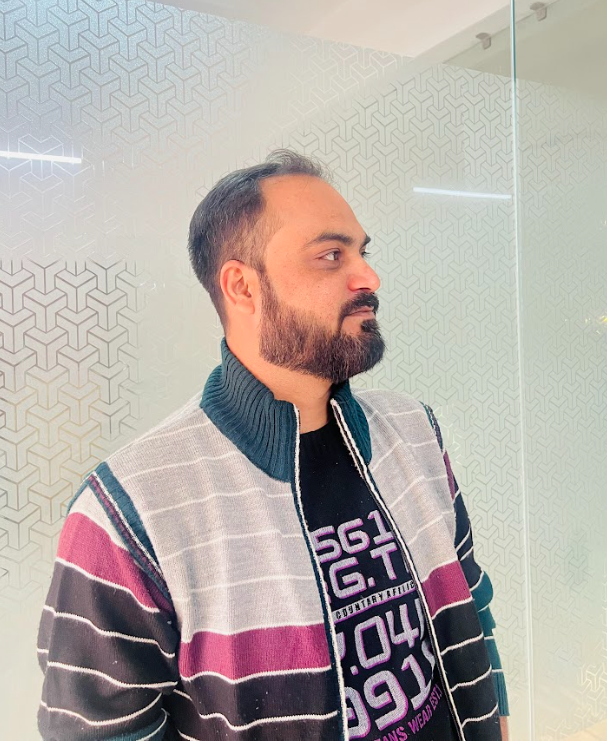- 1 Radix is a layer 1 smart contract platform that facilitates transactions.
- 2 It integrates custom technologies that integrate wallet, programming language, readable transactions, etc.
Radix was built to remove the technological barriers limiting the expansion of the DeFi by building a layer-1 protocol. The platform will directly address the needs of DeFi. It is built with the re-stack approach with virtual machines, executable on network codes, and re-engineering consensus.
What Problems Does Radix Solve?
Asset-oriented smart contract paradigm: The problem of Ethereum and other smart contract platforms is that the procedure of developing the dApps on the platform is difficult and if the developer anyhow develops the Solidity-based dApps on it then it is easy to hack or exploit. Even the simple functionality requires difficult codes. A large amount of money is needed for a small number of professional smart contract developers.
Radix comes with the Scrypto programming language that makes production quality DeFi dApps development easy and safe. Thus, it avoids the limits that developers can build without any hurdles. With the tools facilitated by the platform, the developers can build more complex dApps practically. It also avoids the chances of hacks and exploits.
On-network DeFi Lego bricks: The functionality on Ethereum should be deployed on smart contracts that refrain from reuse and standardization. Developers use unnecessary implementations of this functionality over and over making even standards like ERC-20 and ERC1155 for functionality and common tokens and NFTs, which are difficult to establish and unreliable in use. Also, DeFi functionality like swaps, pools, and multi-signature accounts, are virtually impossible to make reusable at the developer’s desired level.
Radix made this standardization and code modularity easy like copy-paste. The Blueprint Catalog permits the developers to develop and access the pieces of functionality reusable.
Self-incentivizing developer ecosystem: In DeFi platforms, the developer incentives commonly consist of fixed amounts administered by well-funded foundations.
A lot of money is wasted on project development and even the best developers’ work is not recognized. They are not awarded for their contribution. The great teams focus on chasing grants.
On the other hand, Radix focuses on community and works on flexible developer royalties which permits Scrypto developers to be rewarded for their work.
Unlimited dApp scalability: Radix provides tools to let developers easily build and deploy the dAPPS. It uses the Cerberus consensus protocol which allows the massive parallelization of both simple transactions and complex dApps through specialized forms of sharding.
XRD token
The Radix token is known as XRD. This native token of the platform is used to pay transaction fees on Radix. 50% of the base network fees are burnt, i.e. the tokens used to pay fees are destroyed by the Radix protocol.
The two primary uses of XRD are staking and transaction fees. It secures the Radix Public Network against a type of attack known as the Sybil attack. The transaction fees are intended as a means of preventing spam transactions across the network. 50% of the network fee is burnt. This means that the tokens used to pay fees are destroyed by the Radix platform.
Besides this, XRD is also used by dApps within the Radix DeFi ecosystem. It is used as collateral in the lending protocol. It also acts as an intermediary facilitating exchange between the other tokens.
The tokenization shows that XRD has a maximum supply of 24 Billion. The Radix Public Network was allocated 12 Billion. From this, 9.6 Billion are unlocked and part of the circulating supply. 2.4 Billion from this is locked in the stablecoin reserve.
12 Billion XRD is being minted by the Radix Protocol, which is used to reward the stakers and validators over an approximately 40-year period.
The token has a market cap of $505,073,220. It has a circulating supply of and a total supply of 12,719,920,309 XRD. The fully diluted market cap is $622,341,531.
E-Radix Tokens: Radix first launched the XRD token on Ethereum as an ERC-20 token. Deploying the ERC-20 version of the project token is becoming an increasingly popular practice. This permits the projects to introduce their tokens on the largest smart contract-enabled blockchain which is operable with most of the crypto wallets, platforms, and exchanges. Then on the mainnet launch, the token holders can convert their ERC-20-based assets to the native token of the project but
Radix is different.
On Olympia Mainnet launch, XRD token became live on the native network. The ERC-20-based XRD tokens remained on the Ethereum blockchain, becoming the wrapped version of the XRD token eRadix OR Exrd. The token holders can swap their tokens at a 1:1 ratio for XRD tokens. Both have the same utilities. Holders of eXRD tokens can exchange their assets for XRD without any difficulty through Instabridge which is a bridge created by Radix to connect the Ethereum and Radix ecosystem.
Benefits of Using Radix
Radix addresses major issues of DeFi platforms. Benefits of using Radix include:
- Hacks and Exploits of smart contracts are minimized.
- Creation of dApps is easy and faster.
- It is community-focused and developer incentives are provided.
- Without reducing the composability, the developers can scale the applications.
Addressing the major issues of the DeFi platform, Radix uses the byzantine fault tolerance-based Cerberus consensus protocol to allow Defi scale. It provides the environment to create the next-generation smart contracts which reduces the risk of hacks, code failures, and exploits.

Steefan George is a crypto and blockchain enthusiast, with a remarkable grasp on market and technology. Having a graduate degree in computer science and an MBA in BFSI, he is an excellent technology writer at The Coin Republic. He is passionate about getting a billion of the human population onto Web3. His principle is to write like “explaining to a 6-year old”, so that a layman can learn the potential of, and get benefitted from this revolutionary technology.


 Home
Home News
News









